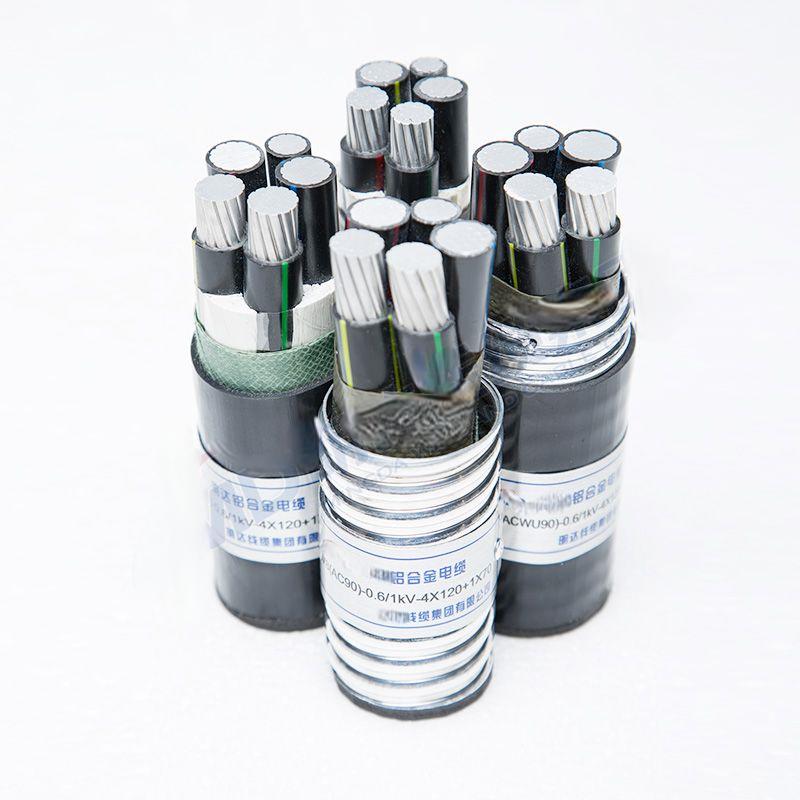10 月 . 04, 2024 06:27 Back to list
double ball check valve
Understanding the Double Ball Check Valve
The double ball check valve is an essential component widely used in various industries to prevent backflow in piping systems. It employs two spherical balls positioned in a valve body to regulate fluid flow, ensuring that the fluid moves in only one direction. This mechanism is crucial in maintaining the integrity and efficiency of fluid systems, particularly in applications involving water, chemicals, and other liquids.
How It Works
The double ball check valve operates through a simple yet effective principle. When fluid enters the valve from the inlet side, it pushes against the first ball, causing it to lift. This allows the fluid to pass through the valve. As the pressure rises, the second ball remains in its seat, preventing any backward flow. If the fluid attempts to reverse direction, the pressure differential causes the second ball to seat tightly, creating a seal that stops any backflow. This design not only enhances reliability but also minimizes the risk of contamination in the system.
Applications
Double ball check valves are extensively used in various applications, from residential plumbing systems to complex industrial setups. They are commonly found in water treatment plants, where preventing the backflow of chemicals is critical. Additionally, they are utilized in HVAC systems, irrigation, and even in the food and beverage industry to ensure the safe transport of liquids.
double ball check valve

Advantages
One of the significant advantages of double ball check valves is their low maintenance requirements. With no moving parts aside from the balls themselves, these valves are less prone to wear and tear compared to other types of check valves. Moreover, their design allows for easy installation in existing pipeline systems, making them a cost-effective solution for many end-users.
Furthermore, double ball check valves provide a high level of reliability. The redundancy of having two balls means that even if one ball were to fail, the second ball would still maintain the valve's integrity, thus enhancing the system's overall safety and preventing catastrophic failures.
Conclusion
In summary, the double ball check valve is a critical component of fluid control systems, offering a reliable means of preventing backflow. Its simple design, coupled with low maintenance and high reliability, makes it a popular choice across various industries. As technology continues to advance, the demand for such efficient mechanisms will only grow, further solidifying the double ball check valve's importance in modern engineering. Whether in industrial applications or everyday plumbing, understanding and utilizing this valve type can lead to safer and more efficient fluid management systems.
Share
-
Understanding the Differences Between Wafer Type Butterfly Valve and Lugged Butterfly ValveNewsOct.25,2024
-
The Efficiency of Wafer Type Butterfly Valve and Lugged Butterfly ValveNewsOct.25,2024
-
The Ultimate Guide to Industrial Swing Check Valve: Performance, Installation, and MaintenanceNewsOct.25,2024
-
Superior Performance with Industrial Swing Check Valve: The Essential Valve for Any SystemNewsOct.25,2024
-
Industrial Swing Check Valve: The Ideal Solution for Flow ControlNewsOct.25,2024
-
You Need to Know About Industrial Swing Check Valve: Functionality, Scope, and PerformanceNewsOct.25,2024